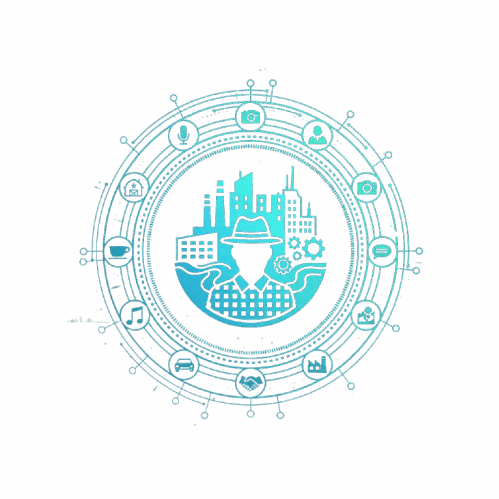Once the industrial powerhouse of America, the Rust Belt faced decline as factories closed and jobs moved overseas. But instead of fading, these cities turned transformation into a cultural movement. Today, places like Pittsburgh, Buffalo, and Milwaukee are reinventing themselves through creativity, community, and urban reinvention.
Abandoned factories now transform into innovation hubs, tech campuses, craft breweries, and co-working studios. What used to be a manufacturing center now becomes a neighborhood where startups thrive. ⚙️➡️💡
City planners and local artists collaborate to preserve historical architecture while bringing modern functionality. Steel beams, weathered brick, and old signage remain — giving neighborhoods an authentic industrial charm. Meanwhile, young professionals move in, drawn by affordable living and meaningful community.
Another element of reinvention is food culture. Rust Belt cities are gaining recognition for their culinary scenes — everything from pierogies 🥟 to BBQ smokehouses to modern fusion restaurants. Food becomes a storytelling tool that connects the past with new urban flavors.
Green spaces are also part of the new identity. Old rail lines turn into bike trails, rooftop gardens appear on warehouses, and riverside parks breathe fresh life into urban areas. 🌿🚲
But what makes this transition powerful is the community spirit. Local residents take pride in restoring their cities. They create neighborhood festivals, build art installations, support local businesses, and protect traditions.
Rust Belt reinvention proves that identity is stronger than industry. Cities can lose factories but never lose spirit — and that’s what makes the region’s urban lifestyle so inspiring.
